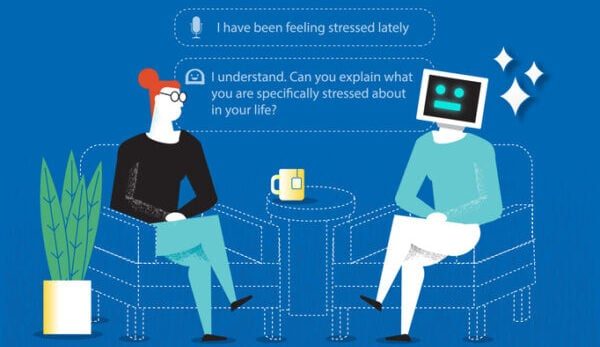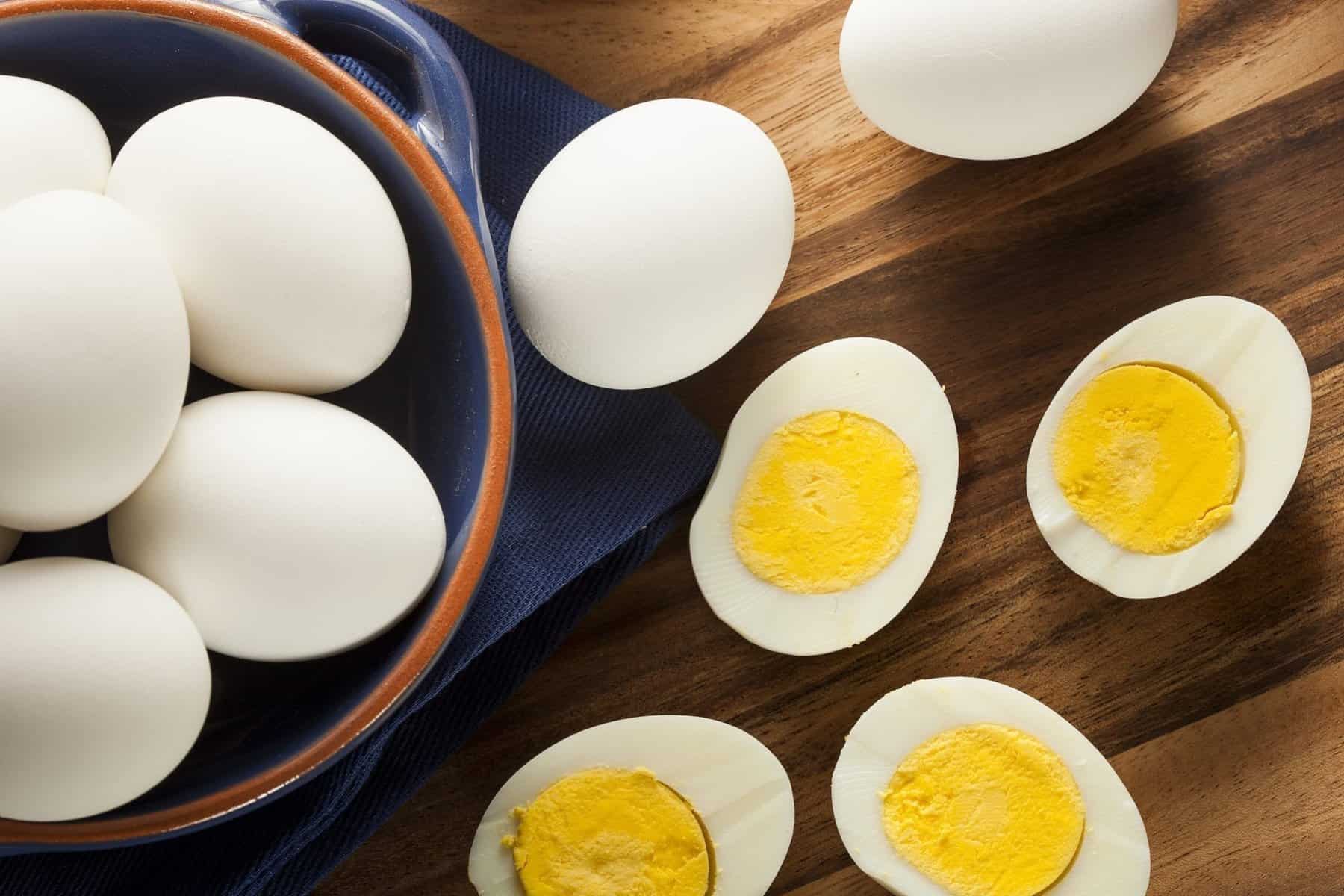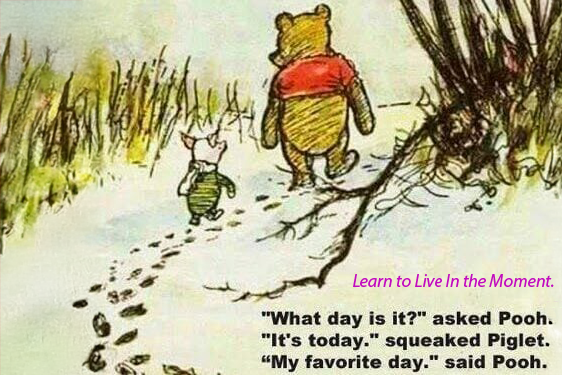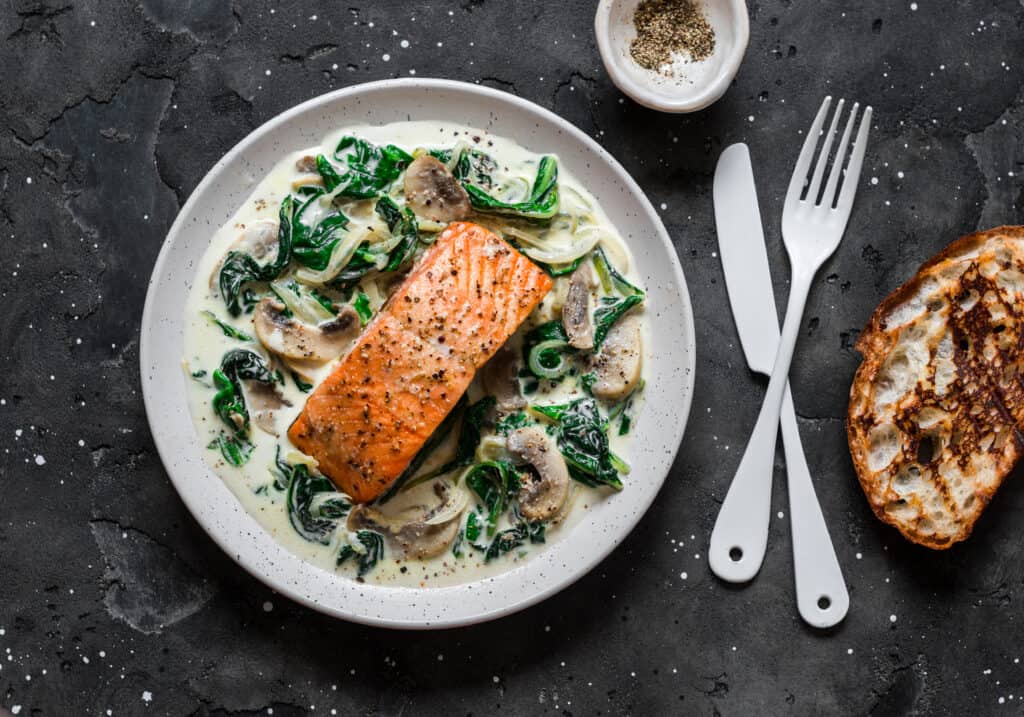
Imagine this: You’ve been on a GLP-1 for a few months. The scale has shifted in a direction you had hoped and even your clothes are beginning to fit better. Your friends are noticing! But you noticed your energy dips during the day in a way that doesn’t feel like hunger (2) or maybe you have picked up a cold you seem to have trouble fighting off (3). We may not connect the dots that these instances can be connected to our weight loss journey while on GLP-1s. Because the story of weight loss on GLP-1s isn’t just about shedding fat. It’s about supporting your body, the body that keeps you moving, lifting, and enjoying your daily activities.
How GLP-1s Change the Landscape
GLP-1 medications slow the pace at which your stomach empties and alter the hormonal signals that drive hunger (4). The results can feel liberating if food once occupied a lot of your mental real estate.
But here’s the trade-off: eating less means fewer opportunities to pack in the nutrients your body needs. In turn, protein intake may drop (5) unless you really focus on your nutrition.
The irony is, when total calories shrink, protein’s importance expands.
“Logging your meals and snacks in MyFitnessPal can help you focus on your nutrition and see where protein is primarily coming from in your diet. Consuming a variety of foods and sources of protein will help you in building a balanced diet and hitting your nutrient goals,” says Katherine Basbaum, a MyFitnessPal dietitian.
More Than a Muscle Builder
Think of protein as the building blocks, made up of amino acids, that help you support your body’s muscle mass during weight loss (6). Consuming enough protein is not just about looking toned or building biceps in the gym.
Muscle tissue is living, working tissue (7) (8). You burn calories even when you’re sitting at your desk (9). It supports posture, balance, and daily movements you barely think about (3)(10). Protein is also critical for a variety of daily functions we often overlook – playing a role in biochemical reactions, supporting your immune system and balancing your pH, to name a few (6) (11).
“GLP-1s may support your weight loss goals, but if you’re losing muscle along the way, you’re also losing some of the very benefits you’re working toward,” explains Basbaum.
How Much Is Enough?
In the U.S., the Recommended Daily Allowance (RDA) for protein is about 0.36 grams per pound of body weight, or 54 grams per day for a 150-pound adult (12). But when you’re losing weight, your protein needs for muscle preservation can climb to 0.55–0.73 grams per pound (1). That’s between 83–110 grams per day for that same 150-pound adult. This range can flex based on your age, activity level, and health status (1).
Older adults may want to aim higher (12). Muscle commonly declines with age, and protein intake along with regular physical activity are two of the strongest levers to support maintaining muscle mass (12)(13). Athletes or individuals who are highly active might also need more to repair and build tissue (14). It’s always a good idea to talk with a registered dietitian about how much protein is right for you.
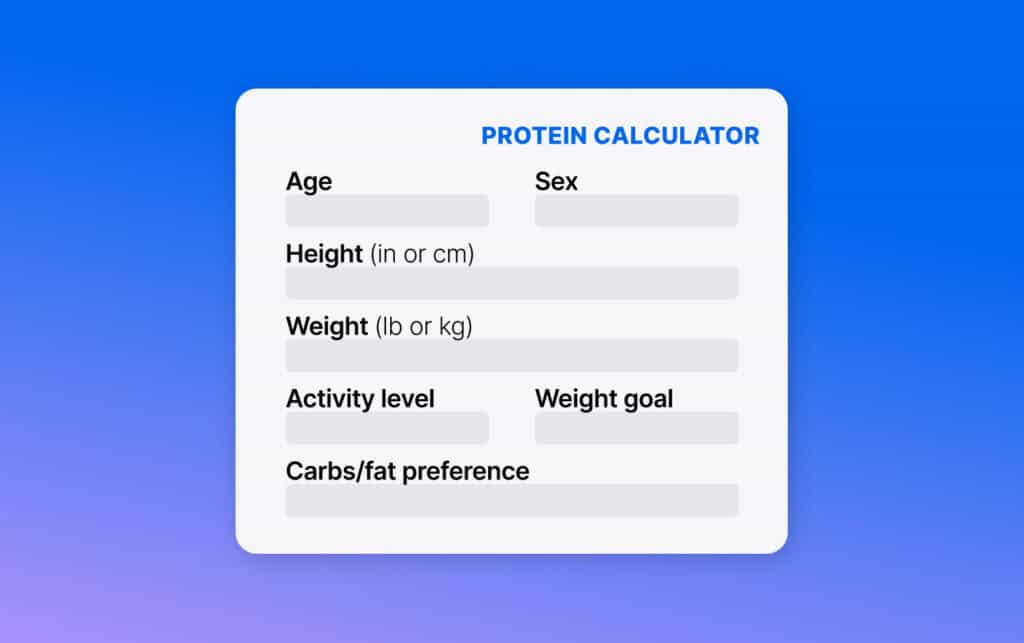
You might also like
Protein Calculator: Discover Your Daily Protein Needs
The Appetite Problem
When you’re satisfied after six bites of chicken or half a smoothie, hitting your protein target can feel like stuffing a suitcase that’s already full. Appetite suppression is part of GLP-1s’ support weight loss, but it also makes nutrient density a non-negotiable (2).
Some GLP-1 users may notice changes in food preferences and ultimately, what they choose to eat (15). The goal becomes finding options you genuinely want to eat. You need go-to foods that fit into your smaller meals without crowding out other nutrients.
Strategies That Can Help
There’s no single playbook, but here are moves that fit real life:
• Start your meal with a protein anchor. Eggs before toast, chicken before rice.
• Keep high-protein snacks visible and ready—Greek yogurt, edamame, reduced fat cottage cheese cups, dry-roasted or unsalted nuts.
• Use smoothies: blend Greek yogurt, whey or plant-based protein powder, frozen fruit, leafy greens and nut butter for a drinkable meal.
• Combine plant and animal proteins if you eat both at meals. Chickpeas with shredded chicken (served over a salad), tuna with quinoa (served with your favorite veggies), eggs and black beans (in your favorite breakfast burrito).
“Don’t wait until the end of the day to realize you’re 50 grams short on protein,” says Basbaum. “Track your meals and snacks in MyFitnessPal throughout the day, aiming for 20 to 30 grams per meal and fill the gaps with snacks.”
Strength Training and Protein: The Duo That Protects You
Protein alone won’t halt muscle loss. Pairing it with resistance training is the real insurance policy (1). That doesn’t mean spending hours at the gym or mastering Olympic lifts.
Bodyweight exercises, resistance bands, or a few sets of dumbbells at home are inexpensive ways to incorporate resistance training into your routine that can aid in maintaining and building muscle mass.
It’s not just about one lifestyle or dietary change when it comes to supporting your health while on GLP-1s but rather a combination of both to ensure you’re reaching your goals and maintaining your health long-term (2).
Frequently Asked Questions: Protein for GLP-1 Users
Can I overdo protein?
It’s rare for healthy people, but very high intakes can stress kidneys in those with kidney disease (16)—seek medical guidance if you have concerns before dramatically increasing your protein intake.
Are protein shakes a good option?
Protein shakes could be a good option, especially if your appetite isn’t what it used to be. They’re compact, portable, and easy to customize.
How soon will I notice the benefits of hitting my protein goals?
Consistency is key, logging your protein-rich meals and snacks in MyFitnessPal can help you identify how your protein intake is stacking up and where there is opportunity for improvement. Pay attention to how you’re feeling, if your side effects from the medication are improving, how your energy levels are and any progress towards your weight loss goals. You may notice small improvements in a short time frame – it’s all about progress, not perfection!
What are the best high-protein foods for small appetites?
A few options include greek yogurt, eggs, low fat cottage cheese, protein shakes, tuna, lean protein such as chicken or turkey, tofu, tempeh, and low fat dairy milk or protein-fortified plant milks.
The Bottom Line
If GLP-1s are supporting your weight loss or metabolic health management journey, protein is the nutrient to prioritize to support your muscle mass and long term health goals (2). Hitting your protein goals won’t happen by accident—especially when your appetite is muted. You have to plan for it, track it, and sometimes get creative to make it appealing. Logging your meals and snacks in MyFitnessPal can provide awareness into your current protein intake and help you spot opportunities where you could add more to reach your daily goals. The work is worth it. Protecting muscle now sets you up for health benefits that last long after the number on the scale settles (3). “Protein is not optional here. It’s essential.” says Basbaum.
The post Why Protein Intake Is Crucial for GLP-1 Users appeared first on MyFitnessPal Blog.
Disclaimer: This story is auto-aggregated by a computer program and has not been created or edited by healthlydays.
Publisher: Source link



